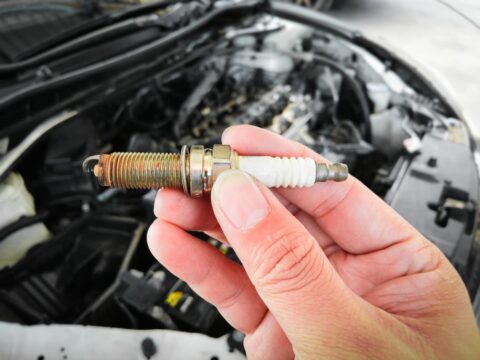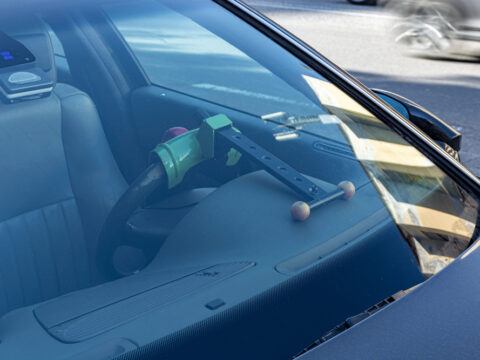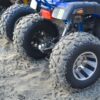Despite the wealth of information available, myths about NASA’s moon landing technology continue to circulate. From claims about faulty equipment to outright hoaxes, these misconceptions often overshadow the incredible achievements of the Apollo missions. In this article, we’ll explore 15 of the most misleading myths and set the record straight with the facts.
Contents
The moon landing was faked on a Hollywood set.
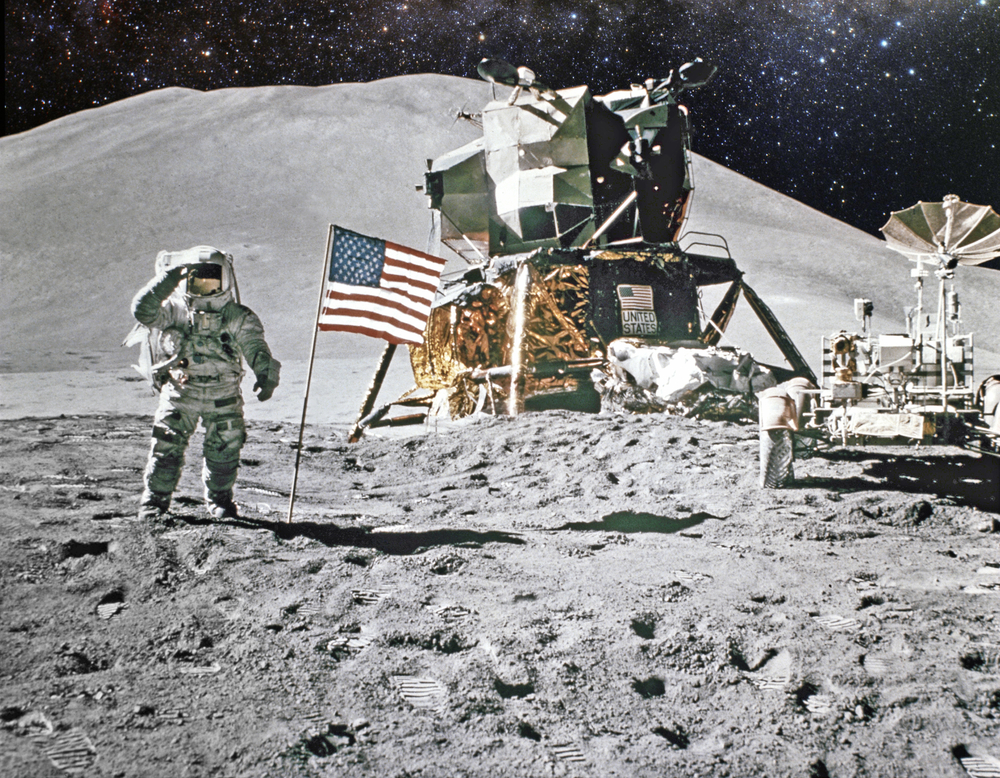
One of the most popular myths claims the entire moon landing was staged on a Hollywood set, but this is easily debunked by the sheer complexity of the mission. The Apollo missions involved thousands of people, sophisticated rocket technology, and live broadcasts. The scale of such a hoax would have been impossible to conceal, especially with ongoing public and international scrutiny at the time.
NASA didn’t have the technology to send humans to the moon in 1969.
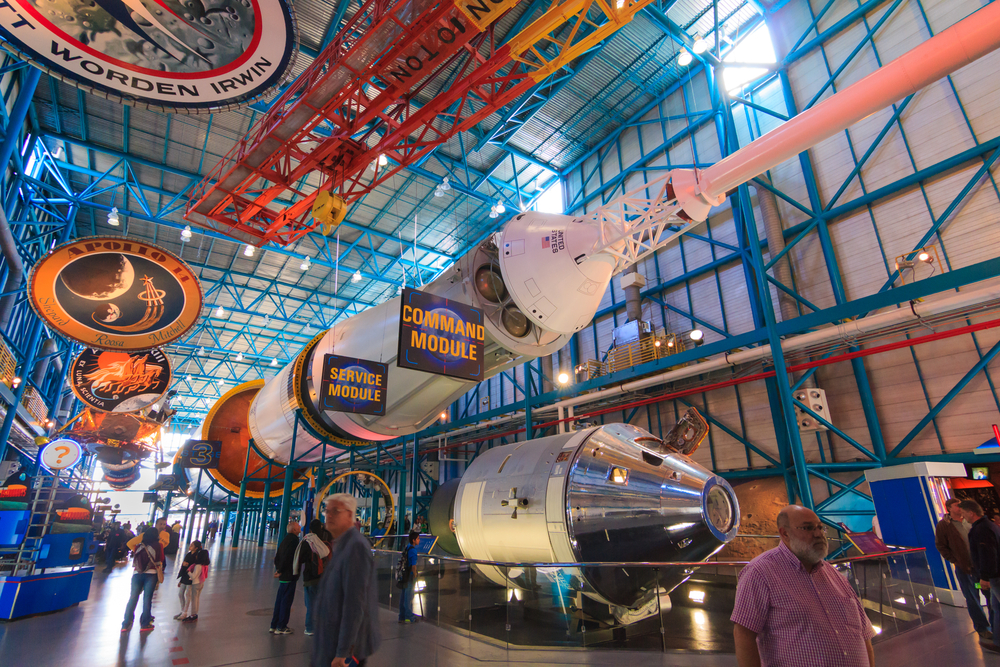
Many doubters question the technological capabilities of NASA in 1969, yet the Apollo missions were a result of nearly a decade of advancements. The Saturn V rocket, which remains one of the most powerful ever built, was capable of delivering the Apollo spacecraft to the moon. The mission relied on state-of-the-art engineering, not futuristic or impossible technologies, proving that NASA’s tech was advanced enough for the task.
The lunar module couldn’t have safely landed on the moon’s surface.
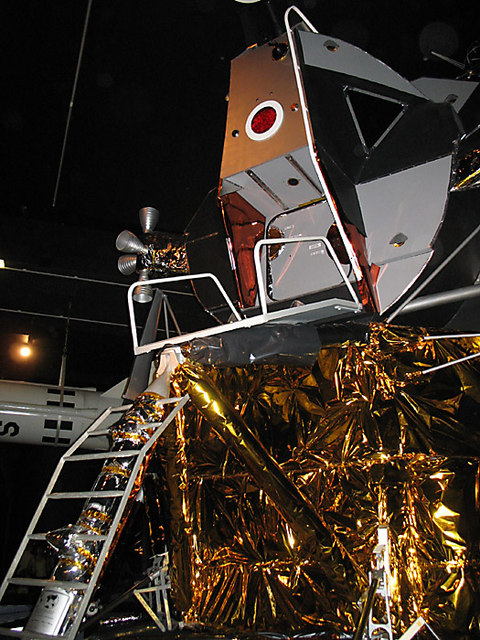
The lunar module, known as the “Eagle,” was designed specifically for landing on the moon’s low-gravity surface. Critics argue it couldn’t land safely, but NASA engineers created a lightweight structure with thrusters that allowed for a controlled descent. The surface also provided just enough resistance to support the module’s landing without creating a large crater.
There were no stars visible in the moon landing photos, proving the images were fake.

Some people argue that the absence of stars in moon landing photos proves a hoax. In reality, the photos were taken during lunar daylight, meaning the camera settings were adjusted for the bright lunar surface, washing out dimmer stars. This is a common photography issue and not evidence of a fake.
The flag planted by astronauts appears to wave, which isn’t possible in the vacuum of space.
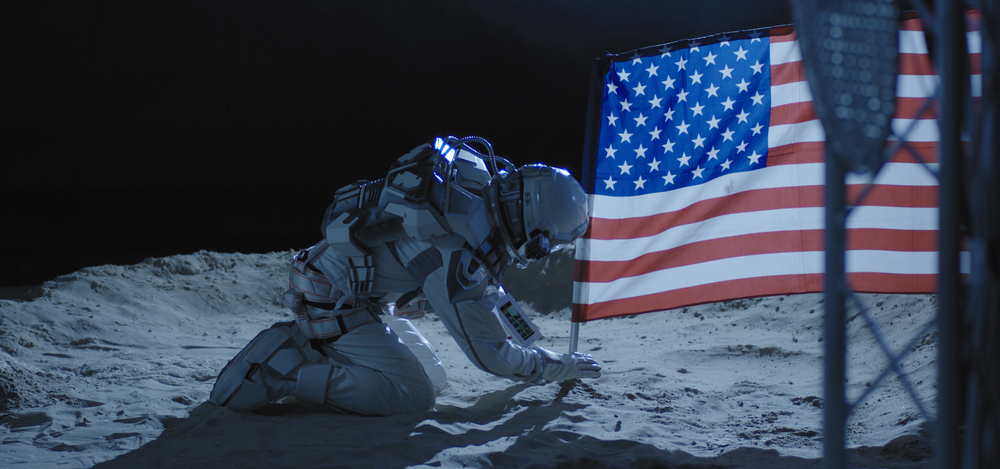
Conspiracy theorists claim the American flag appears to “wave” in photos, but it’s simply the result of how the flag was designed. It had a horizontal rod to keep it unfurled, and when the astronauts planted it into the surface, the flag rippled. With no atmosphere, these ripples didn’t smooth out as they would on Earth, creating the illusion of movement.
Radiation from the Van Allen belts would have killed the astronauts.
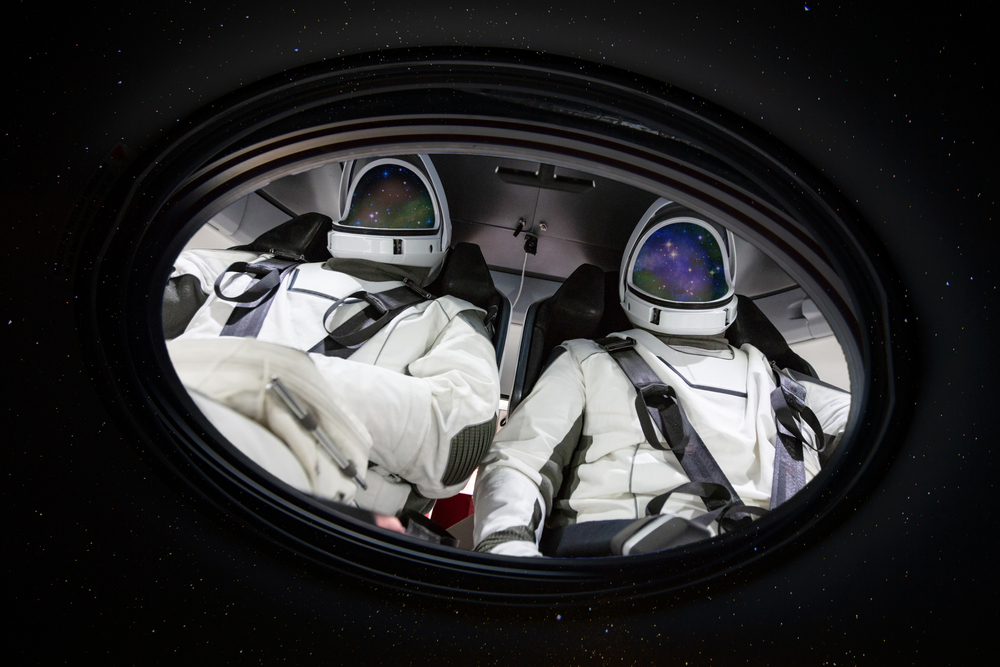
A common myth is that astronauts would have died from radiation exposure passing through the Van Allen radiation belts. In reality, the spacecraft passed through the belts quickly, and the astronauts were shielded by the spacecraft’s structure. The radiation exposure was well within safe limits, especially considering the brief duration of the exposure.
The lunar lander was too flimsy to survive the journey to the moon and back.
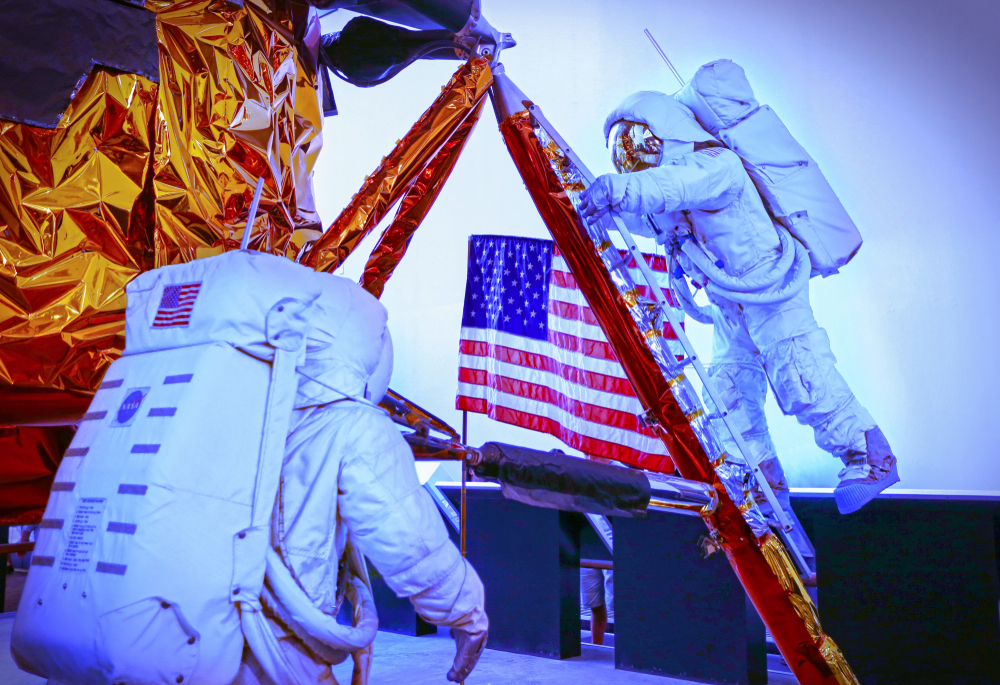
Some claim that the lunar module was too delicate to survive the harsh conditions of space, but it was specifically designed for use in a low-gravity environment. The lander only had to function in the vacuum of space and on the moon, where gravity is one-sixth of Earth’s, making its lightweight structure a feature, not a flaw.
NASA lost the original moon landing footage and telemetry data, proving a cover-up.
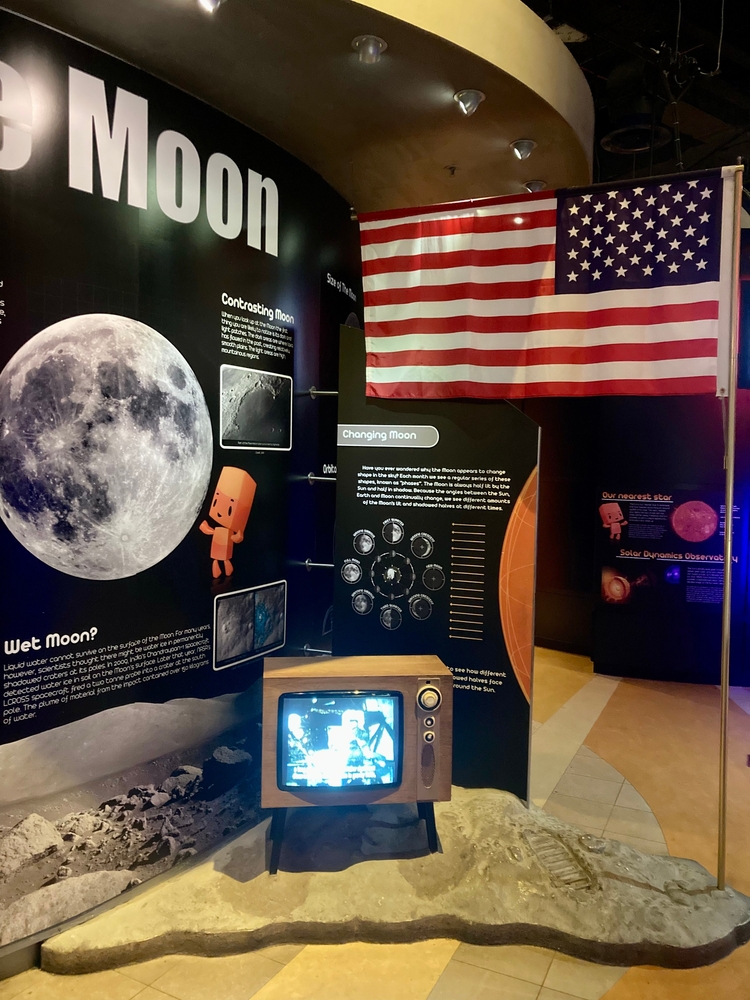
While it’s true that some original moon landing tapes were erased and reused, this was a result of tape shortages at the time and not an attempt to hide information. Many copies and transmissions of the footage still exist, and the telemetry data was preserved in other formats. There’s no missing information that would indicate a cover-up.
Footprints on the moon shouldn’t exist because the surface is too soft or has no moisture.
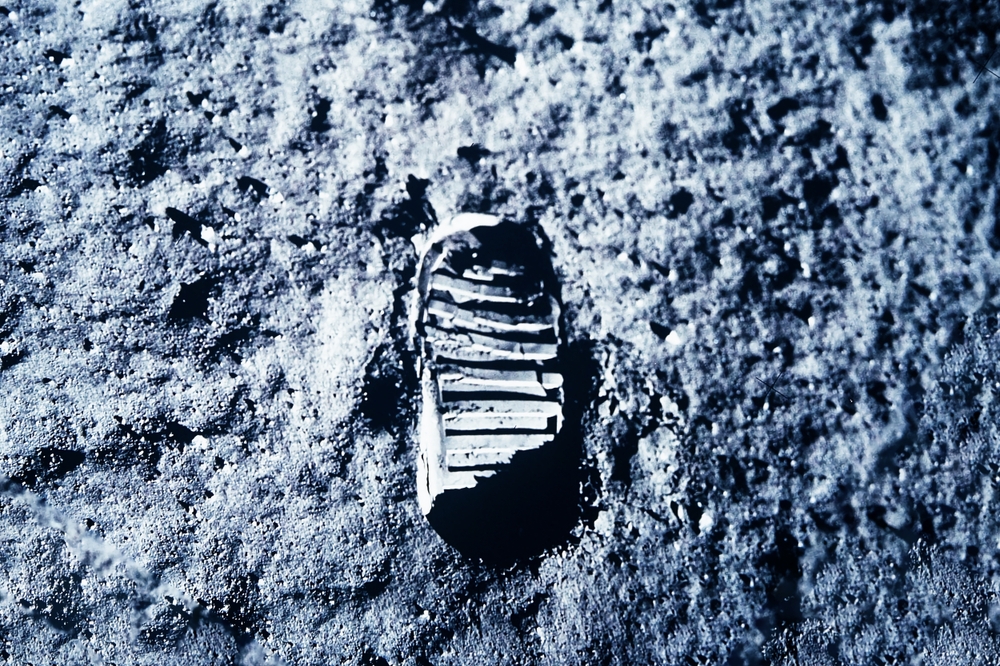
Contrary to this belief, the moon’s surface consists of fine, dusty particles that hold their shape when compressed. Even without moisture, the astronauts’ boots created imprints that remained in place due to the lack of wind or erosion on the moon.
Modern technology can’t replicate the technology used for the Apollo missions.
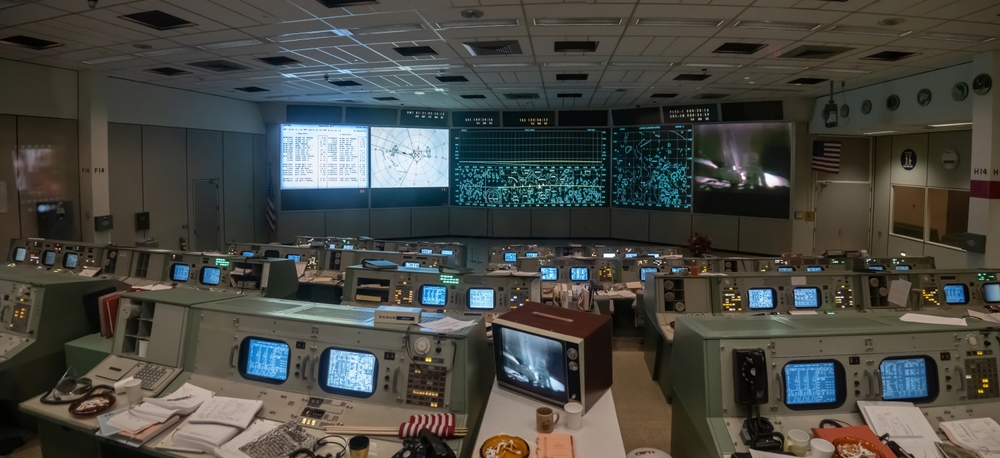
Some argue that if we can’t recreate the Apollo missions today, they must have been faked. However, the reason modern missions haven’t been exact replicas is due to advancements in technology and a shift in space exploration goals. We could recreate the missions if needed, but it’s more practical to use today’s innovations.
The lunar module’s descent engine should have left a large crater on the moon’s surface.
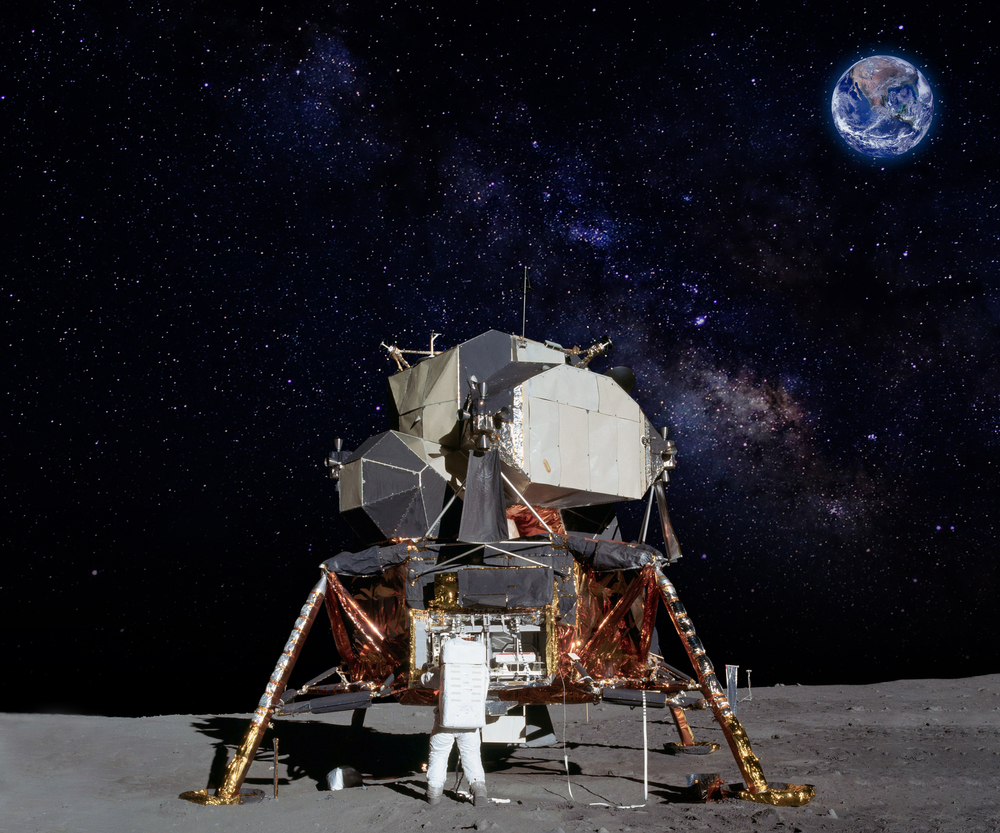
Critics often point out the lack of a large crater beneath the lunar module. In reality, the moon’s low gravity meant the descent engine didn’t require as much thrust as it would on Earth. The surface dust was scattered, but no significant crater was left because the landing was controlled and gentle.
The temperature extremes on the moon would have made it impossible for astronauts to survive.

Some claim the extreme temperatures on the moon would have killed the astronauts, but their spacesuits and the lunar module were equipped with sophisticated insulation and temperature regulation systems. These systems protected the astronauts from both the cold of the lunar night and the heat of the day.
NASA used advanced secret technologies that we still don’t understand today.
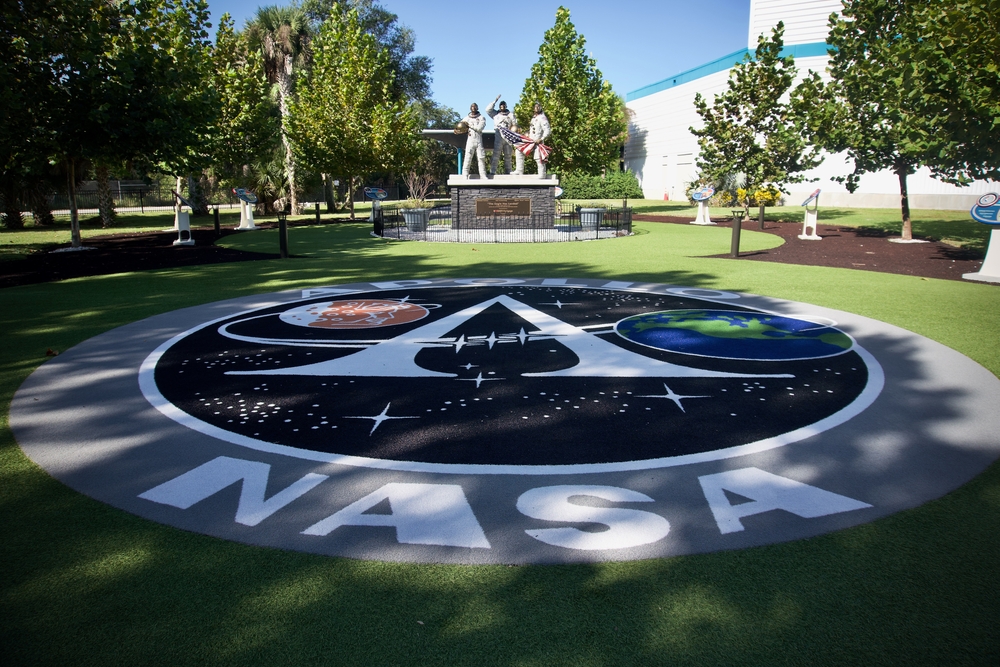
There’s a myth that NASA had access to secret, advanced technology to pull off the moon landing. However, the technology used was cutting-edge for its time but not beyond understanding. The principles of rocketry, engineering, and space travel were well established, and the technology was based on years of research and testing.
The moon landing photos were too perfect, as if staged in a studio.
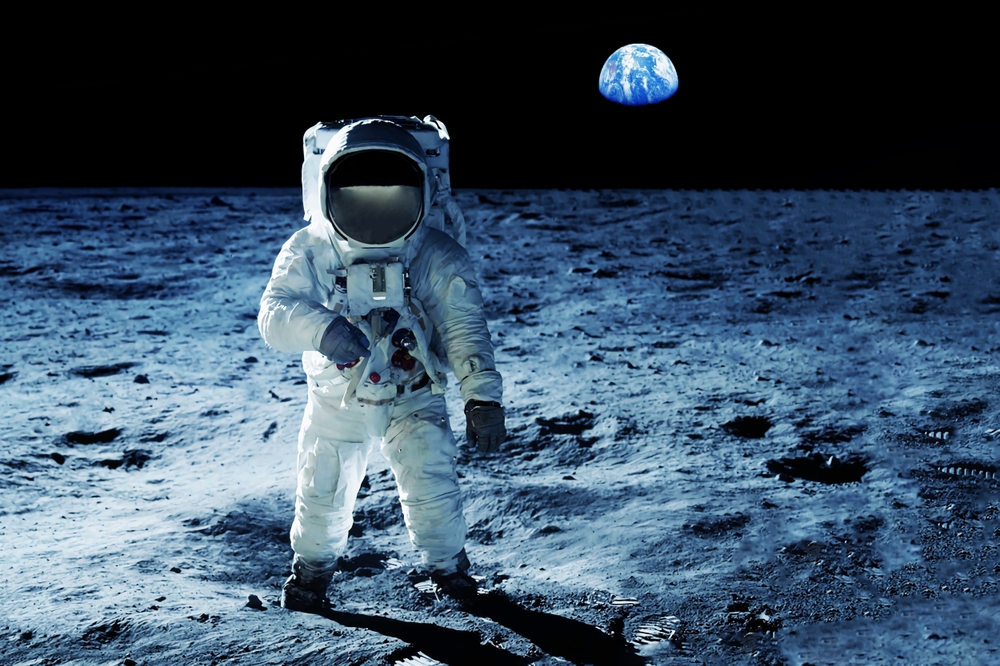
Skeptics argue the photos are too well-composed to be real, but the quality of the images is the result of careful planning and professional equipment. The astronauts were trained in photography, and NASA used specially designed Hasselblad cameras with high-quality lenses, resulting in the clear, iconic images we see today.
The moon rocks brought back by astronauts were not from the moon.
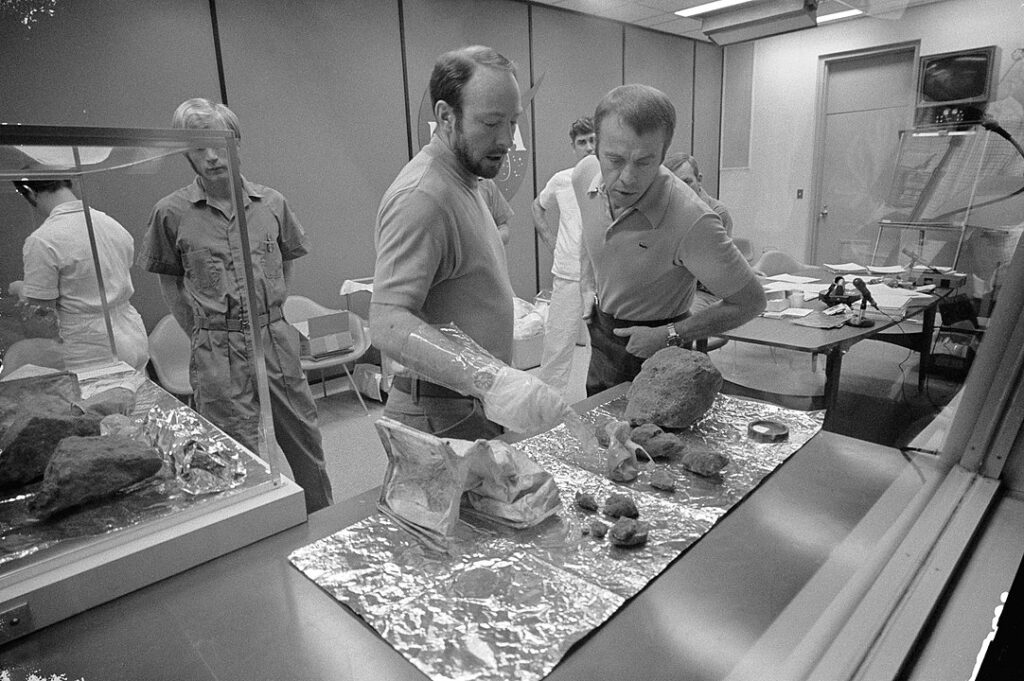
Some claim that the moon rocks collected during the Apollo missions are not real. However, these rocks have been thoroughly studied by scientists around the world, and their composition matches what is expected from the moon, including unique isotopic signatures that differ from Earth’s geology.
This article originally appeared in MyCarMakesNoise.
More from MyCarMakesNoise
15 Little-Known Details About Classic Harley-Davidsons

Harley-Davidson is a name synonymous with American motorcycles, but even the most dedicated fans might not know all the details about these iconic bikes. From hidden design innovations to lesser-known historical facts, there’s much more to Harley-Davidson than meets the eye. Read More
18 Cutting-Edge Supercars with Advanced Aerodynamics

When it comes to high-performance supercars, advanced aerodynamics plays a crucial role in pushing the limits of speed and handling. We’ll explore 18 cutting-edge supercars that stand out for their innovative aerodynamic designs, combining sleek profiles with technology that enhances both performance and efficiency. Read More
16 Powerful SUVs with Surprisingly Agile Handling

When you think of SUVs, power and size usually come to mind, but agility often gets overlooked. However, some SUVs manage to defy expectations, offering both incredible power and surprisingly nimble handling. Read More



